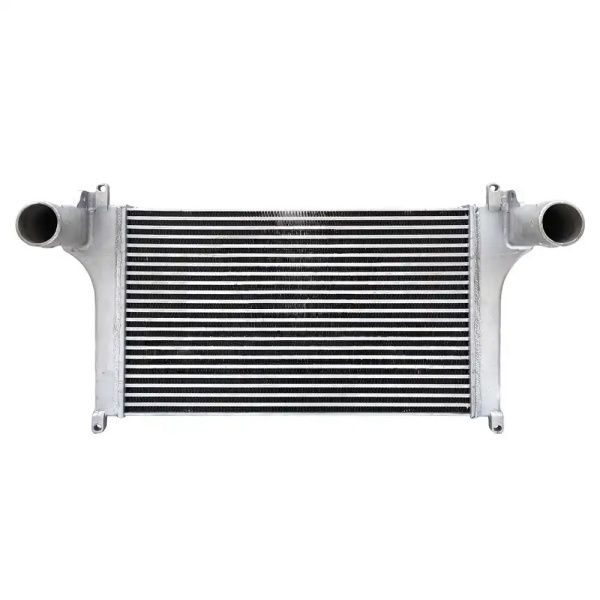To achieve effective heat dissipation in desert off-road vehicles, you can use an all-aluminum alloy to enlarge the water tank, add a gearbox oil cooling pipe, and always pay attention to the vehicle's water temperature, oil temperature and other parameters. The all-aluminum alloy enlarged water tank is twice as thick as the original car, which can solve the problem of poor heat dissipation of the plastic shell on the outside of the original car's water tank, and the heat dissipation effect is better; the newly added gearbox oil cooling pipe can improve the overheating of the gearbox at low gear and high speed. In addition, paying attention to vehicle parameters can timely detect overheating hazards and ensure that the vehicle dissipates heat normally and drives stably in the complex environment of the desert.
In addition to the above methods, reinforcing the fender is also an important measure. When driving in the desert, the vehicle will face various complex conditions. Reinforcing the fender can provide a more stable support environment for the cooling system, reduce the impact of vehicle bumps, vibrations, etc. on the cooling components, and indirectly ensure the effectiveness of heat dissipation.

It is also crucial to understand the heat dissipation method of the car. Automobile heat dissipation is mainly divided into two types: air cooling and water cooling. Air cooling relies on the engine to dissipate heat directly into the atmosphere. This method is more suitable for small or lightweight vehicles. Modern desert off-road vehicles generally use water cooling, which uses a water pump to form a closed cycle of coolant in the engine, and then dissipates heat through the radiator. The cooling system contains multiple key components, such as water pumps, radiators, cooling fans, compensating water tanks, thermostats, and water jackets in the engine body and cylinder head. These components work closely together to maintain a stable cooling effect and ensure that the engine can operate normally in a suitable temperature environment.
When driving in extreme environments such as deserts, heat dissipation is the key to ensuring vehicle performance and safety. The use of all-aluminum alloy to enlarge the water tank, add gearbox oil cooling pipes, reinforce the fenders and other hardware upgrade measures, combined with close attention to vehicle water temperature, oil temperature and other parameters, and in-depth understanding of the heat dissipation principle and system composition, can maximize the cooling system of desert off-road vehicles, so that the vehicle can move forward steadily in the hot desert without fear of high temperature challenges.


